
Written 17th Dec 2015 (updated links Oct 2019)
Images of submerged houses and people clearing out their ruined homes and businesses seem to be appearing more and more on our television screens and social media feeds.
Storm Desmond’s trailing fronts gave so much heavy and persistent rain in 2015 that the UK Met Office issued Red rain warnings for Cumbria and The Scottish Borders, as severe flood warnings were issued by the Environment Agency for England and Wales and SEPA, the Scottish Environment Protection Agency. Numerous images appeared of the recent flooding in Cumbria, Lancashire, Yorkshire, Galway, Cork, Mayo and other parts of Eire and northern England.
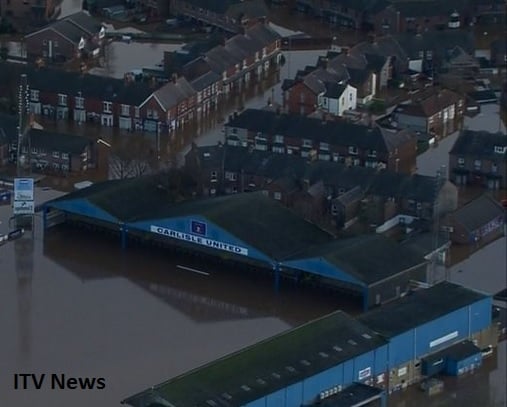
And not so long ago in 2014 there was widespread flooding of the River Thames from London out through Berkshire and Oxfordshire and the submerged Somerset Levels.
Indications from Climate Change studies indicate that more severe weather events and so more flooding will occur in the future. This problem is not going to go away. However it is still rare for Severe flood warnings to be issued. Gail Donald, Flood Advisor at SEPA explains “The severe flood warnings which were issued for Hawick and Newcastleton over the weekend of 05/12/15 were actually the first severe flood warnings which had been issued for the south-east of Scotland in the last 5 years. Severe flood warnings are issued when there is a danger to life and significant disruption to the community is likely.”
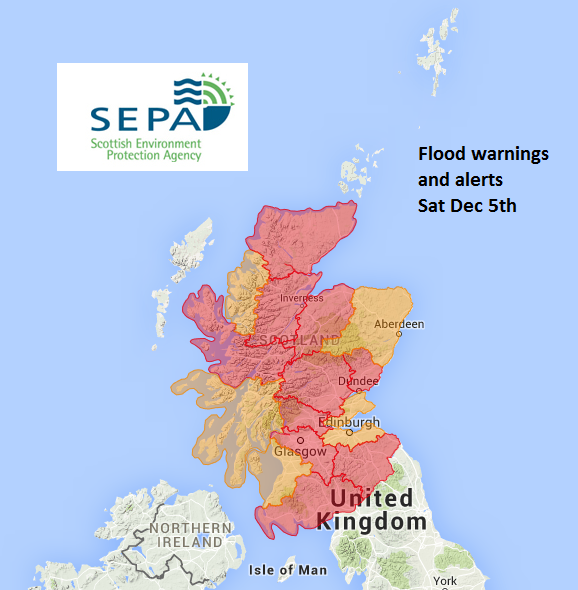
As the communities who suffered the flooding on Dec 5th (and still continue to recover from that event) watch weather forecasts nervously and wonder when might this happen again, there is more and more flood preparation and flood resistance information and help available.
Floods can happen anywhere at any time, but some parts of the UK are now more prone than others. Flooding can be caused on a small scale by a burst water main or frozen pipes, mechanical failures. Larger scale events result from rainwater or the sea.
The most common sources of flooding are:
•River flooding- happens when a watercourse cannot cope with the water draining into it from the surrounding land. This can happen, for example, when heavy rain falls on an already waterlogged catchment. Heavy and persistent rain, such as for Cumbria and Hawick 2015, snowmelt can add to issues.
•Coastal flooding - results from a combination of high tides and stormy conditions. If low atmospheric pressure coincides with a high tide, a tidal surge may happen which can cause serious flooding. Tides are predictable, there is often several days warning for this type of flooding nowadays.
•Surface water flooding - happens when heavy rainfall overwhelms the drainage capacity of the local area. It is difficult to predict and pinpoint, much more so than river or coastal flooding. Thunderstorms can result in this type of flash flooding, need to watch the Netweather radar for the progress of the storms.
•Sewer flooding - happens when sewers are overwhelmed by heavy rainfall or when they become blocked. Contamination problems result.
•Groundwater flooding - results from water levels in the ground rising above surface levels. https://www.gov.uk/government/collections/groundwater-current-status-and-flood-risk
If you live near the coast or a river, even a quiet babbling brook, you may already suspect a flood risk. However, anywhere could be subjected to flash flooding from summer thunderstorms, like Boscastle in 2004, and city centres are often flooded when drains fail. SEPA and the Environment Agency would like everyone to be aware of the information and warnings they provide:
The five steps to prepare for flooding are:
1. Sign up to Floodline to receive free advance notice of when and where flooding might happen for your local area
2. Prepare a flood plan and put a family flood kit together so everyone knows what to do if flooding happens
3. Familiarise yourself with how to shut off gas, electricity and water supplies
4. Keep a list of useful contact numbers including your Floodline quick dial code and insurers
5. Consider flood protection products that could help to reduce the impact of flooding on your property and ensure your insurance provides adequate cover for flood damage
Am I particularly at risk from flooding?
There are many maps online which show flood risk for particular locations, mainly from river and coastal flooding. People often check these before purchasing a house. The maps, like the one below show how the land is vulnerable to different types of flooding.
https://www.gov.uk/prepare-for-a-flood/find-out-if-youre-at-risk
http://www.sepa.org.uk/environment/water/flooding/flood-maps/
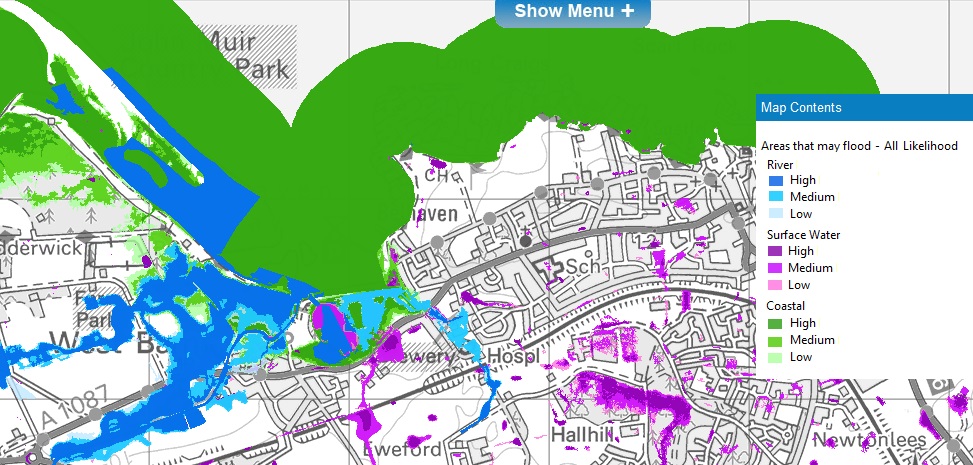
In more immediate risk, you can use the FIVE day ahead warnings – for England and Wales only.
Keep an eye on the weather forecast. Netweather model rainfall total charts show how much rain is forecast to fall across the UK in 24 hours for the next 7 days. In the aftermath of the #StormDesmond flooding even more rain troubled N.England and N.Wales.
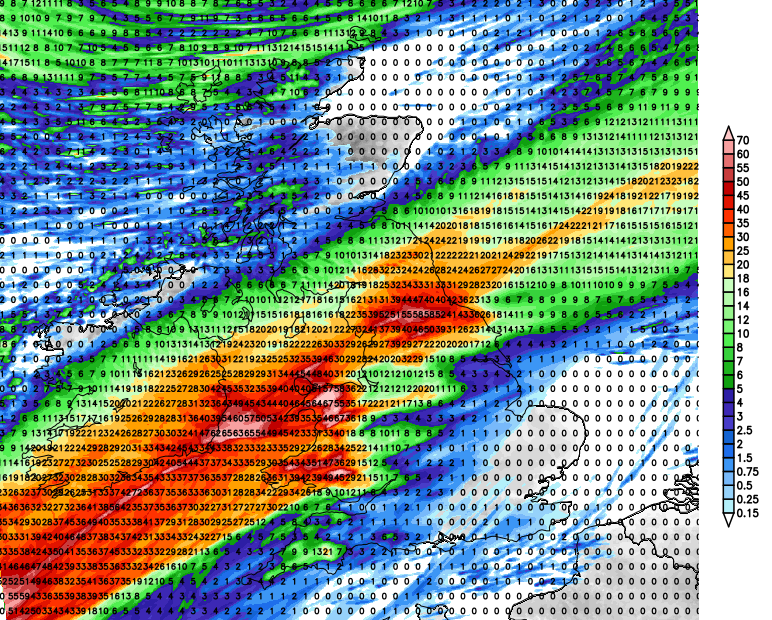
What can I do before a flood actually occurs?
1.Get insurance, put the number and policy number in your phone and let someone else know the details, not your neighbour.
2.Look at Flood protection: How much flood protection you invest in will depend on the likelihood of flooding, your flood risk and the cost. The national flood forum has a Property Protection advisor tool where you can estimate costs.
It also has a website called “Blue Pages”. A list of companies who sell flood defences, from sandbags to barriers.
@FloodMary has a lot of top tips and information about ‘Flood resistance’ protection measures that will help to minimise the damage and speed up the repair time. One recommendation is to install airbrick covers and Anti-back flow values to washing machines or the loo.
“These resistance measures will involve some expense but will pay for themselves in the long term and will represent time and money well spent and, hopefully, reduce the distress flooding causes. They are far superior to the humble and inefficient traditional sandbags which often only filter the water. This type of intervention is only applicable if the flood water is no more than 0.9 of a metre deep (.6 in a new property) and if the floodwater does not lurk about for too long, e.g. a flash flood”
Old traditional sandbags, which often feature a lot in media coverage of flood events, are now being overtaken by modern protection barriers. Buildings most likely to invest in barriers will be the ones expecting to be flooded again and again. Simon Crowther, @FloodPS explains about one such product that avoids the use of labour intensive sandbag filling (and the disposal costs) “A much more effective, and cost-effective method, is available in the form of the innovative Water-Gate flood barrier - which is rapidly setup and reusable. The barrier comes rolled up so is relatively small but can be deployed in under a minute."
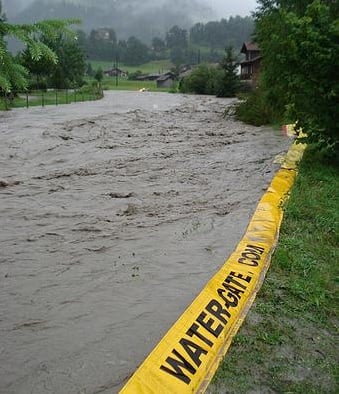
Search for local and national help with costs, contact the Flood Forums and your Council.
Again Gail Donald from SEPA “It is important to note that Scottish Borders Council have a discounted property protection scheme so that residents can buy Flood Protection products at a discounted rate. This is something which needs to be done before flooding happens. We understand several properties in Hawick have bought these and used them during the recent event.”
3.Create a personal flood plan
Prepare a flood kit of essential items and keep it handy:
Copies of your home insurance documents.
A torch with spare batteries.
A wind-up or battery radio.
Warm, waterproof clothing and blankets.
A first aid kit and prescription medication.
Bottled water and non-perishable foods.
Baby food and baby care item
Have a household plan to use in the event of a flood:
Identify and list urgent actions in priority of value
What needs to be moved upstairs?
How can you prevent water from entering the property?
Make sure you have the means to keep warm, food, flasks, etc
Where are you going to store computer, data and photographs safely?
Most things can be replaced, you and your family can’t
Where could you take the car to, safely?
4. Be aware of local help
The National Flood Forum supports communities to form Flood Action Groups, provides tools to ensure their success and sustainability, including setting up meetings with all the right professionals needed to address flood risk issues. https://nationalfloodforum.org.uk/ 01299 403 055 http://www.scottishfloodforum.org/ 01698 839021
How can I find out if flooding is likely?
The Met Office issue warnings for heavy rain, with Yellow/Amber/Red severe weather categories. The Environment Agencies work with the Met Office when severe weather warnings are issued, they issue Flood alerts, (Be prepared), Flood warnings (Flooding is expected, immediate actions is required) and Severe Flood warnings (Danger to Life).
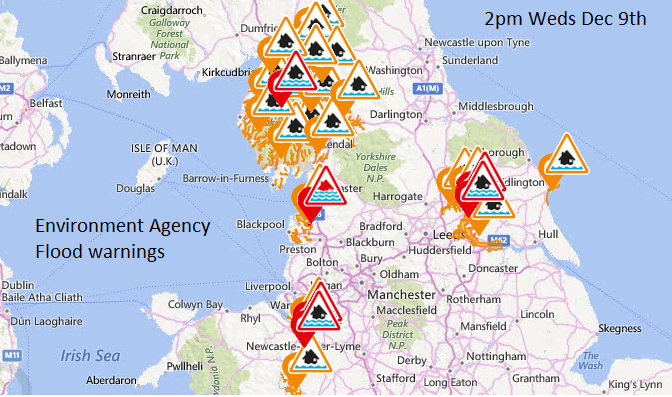
Floodline 0345 988 1188 or register online for warnings feed for your area. Local radio, Twitter, TV weather broadcasts
Next Part 2- What to do when Flooding actually starts and how to recover.
Loading recent activity...